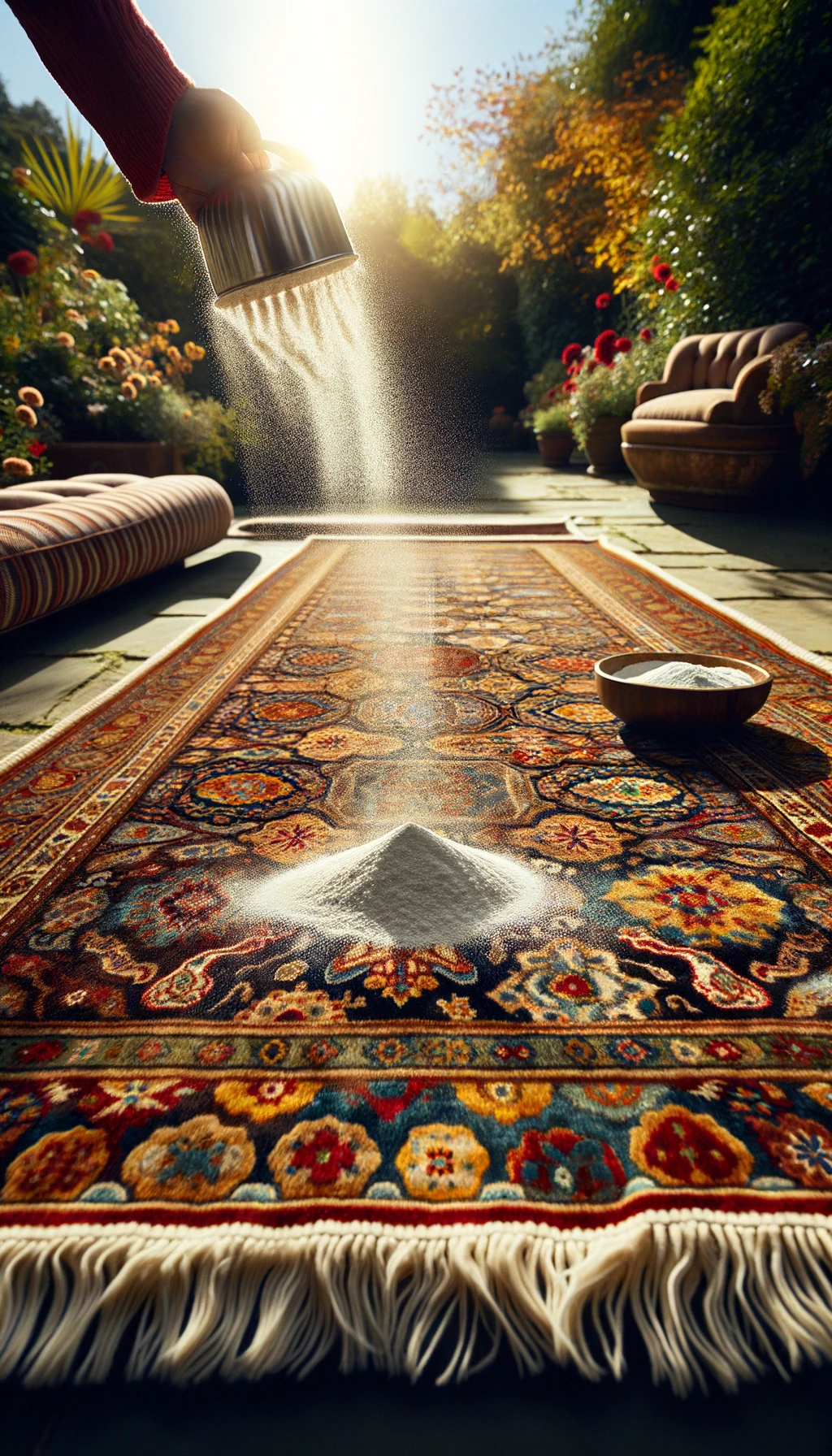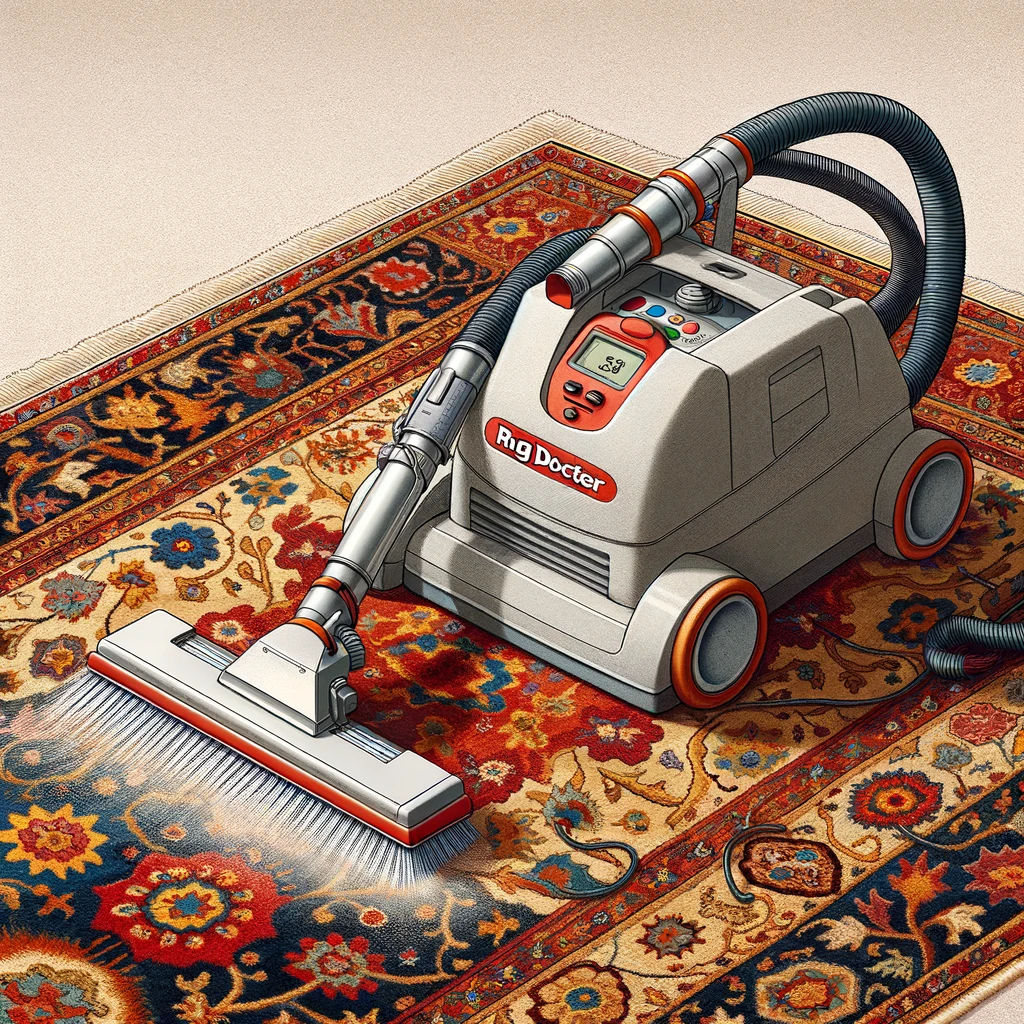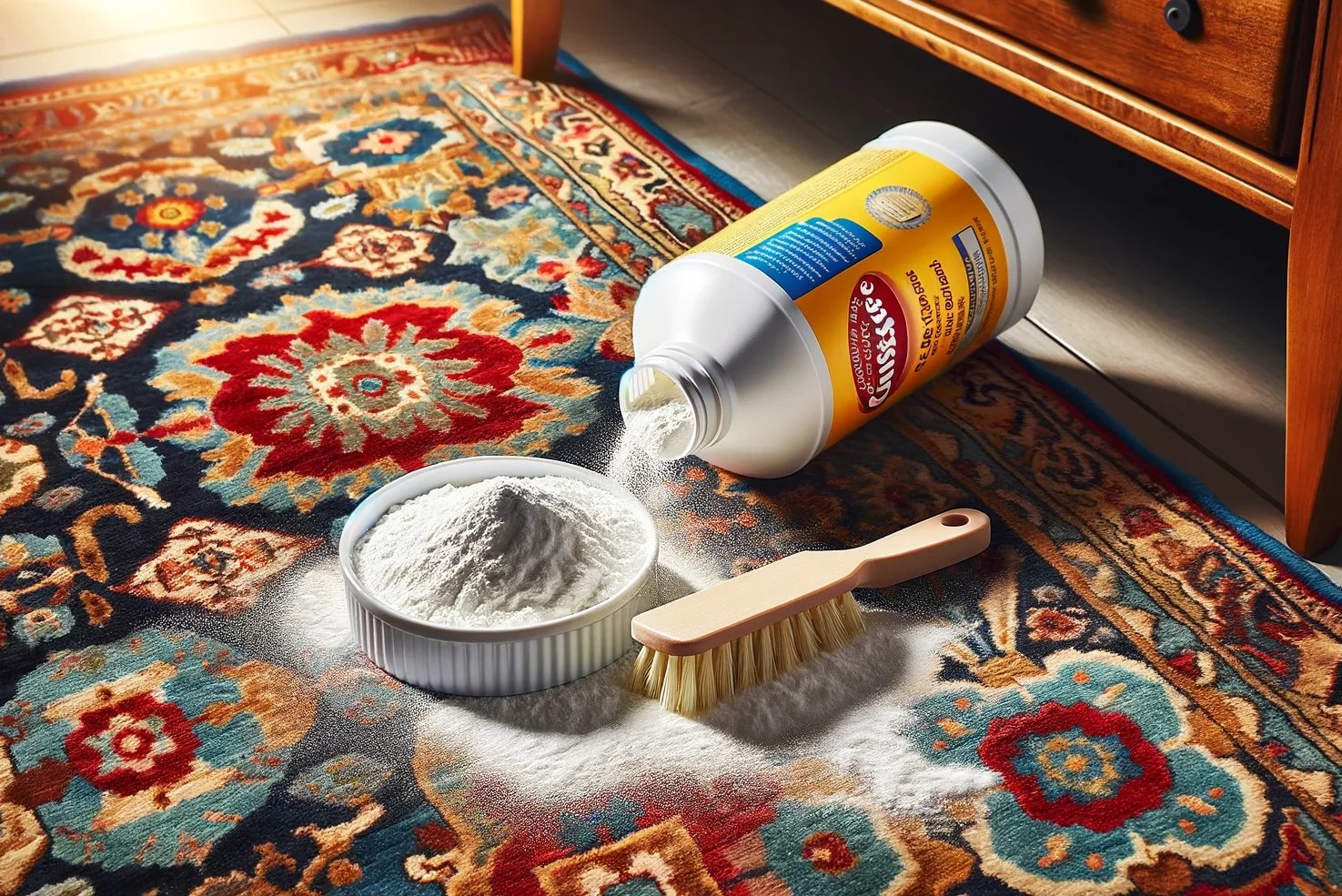Expert Guide to Drying Carpet
When it comes to drying carpet, whether it's due to spills, cleaning, or accidents like leaks, it's essential to do it effectively to prevent mold, mildew, and odors. In this comprehensive guide, we'll explore various methods and share expert tips to ensure your carpet is dry and fresh.
Drying carpet efficiently is crucial to maintain its quality and prevent issues like mold growth. Let's delve into some proven methods to dry your carpet effectively.
1. Drying Wet Carpet with Baking Soda
Drying wet carpet with baking soda is a cost-effective and natural method that not only helps absorb moisture but also eliminates unpleasant odors. Here's how to use it effectively:
1. Blot the Area
Before applying baking soda, gently blot the wet area with a clean cloth or paper towels to remove as much moisture as possible.
2. Sprinkle Baking Soda
Evenly sprinkle a generous amount of baking soda over the wet carpet. Ensure that the affected area is well-covered.
3. Let It Sit
Allow the baking soda to sit on the wet carpet for at least 15-30 minutes. During this time, it will absorb moisture and odours.
4. Vacuum
After the waiting period, vacuum up the baking soda using a vacuum cleaner with a clean, dry attachment. Make several passes to ensure thorough removal.

2. Rug Doctor Drying Time
Rug Doctor is a popular choice for deep cleaning carpets. Understanding its drying times and optimizing the process can help you get the best results.
Factors Affecting Drying Time
Several factors influence the drying time after using a Rug Doctor:
Rug Material and Thickness
Thicker and denser rugs may take longer to dry than thinner ones. Additionally, the type of material (e.g., wool, synthetic) can affect drying times.
Humidity Levels
High humidity in the environment can slow down the drying process. It's best to use a dehumidifier or fans to reduce humidity in the room.
Room Ventilation
Proper ventilation is crucial for faster drying. Ensure windows and doors are open to allow air circulation.
Carpet Cleaning Method
The way you use the Rug Doctor matters. If you use excess water or cleaning solution, it can extend the drying time.

Tips to Expedite Drying
To shorten Rug Doctor drying time, consider these tips:
Properly Prepare the Carpet
Ensure your carpet is thoroughly vacuumed before using the Rug Doctor. This removes excess dirt and debris, allowing for more effective cleaning and faster drying.
Use the Right Amount of Cleaning Solution
Follow the manufacturer's guidelines for the appropriate amount of cleaning solution. Using too much can extend drying times.
Optimise Room Conditions
As mentioned earlier, maintain good ventilation and consider using fans or a dehumidifier to speed up drying.
Take Care While Cleaning
Avoid over-saturating the carpet while using the Rug Doctor. Move at a steady pace, and make multiple passes if necessary.
Joe Rugs - Carpet Expert
Hello! I'm Joseph Rugs, the founder of CarpetJoe.com and your guide through the intricate world of carpets. Born and raised in London with a deep-rooted passion for art and culture, I've explored the globe to bring the rich tapestry of carpet weaving right to your screen. My academic background in arts and humanities from Oxford has fueled my curiosity, leading me to uncover the stories behind every knot and weave. As a family man, my adventures are shared with my loved ones, enriching our lives with every piece of art we encounter. Join me as we explore the beauty and craftsmanship of carpets together.
3. How to Dry Carpets After a Leak
Dealing with a carpet that's been affected by a leak? Quick and effective drying is crucial to prevent mold and mildew.
Follow these steps:
Assess the Damage
Before you begin the drying process, assess the extent of the damage caused by the leak. Check if the carpet padding is wet and if the subfloor has been affected.
Extract Excess
The first step in drying a wet carpet after a leak is to remove as much water as possible. You can use a wet/dry vacuum cleaner or a carpet extractor for this purpose.
Increase Airflow
Enhancing airflow in the affected area is key to speeding up the drying process. Consider these methods to improve ventilation
Use Dehumidifiers
Dehumidifiers can be incredibly useful when drying carpets after a leak.
Monitor Progress
It's essential to keep a close eye on the drying progress to ensure that your carpet is thoroughly dried.
Carpet Care & Maintenance
Rug Cleaning Mastery and Solutions to Common Damages
Understanding the proper techniques for rug cleaning is essential for maintaining their beauty and longevity. Regular vacuuming is a key step in preventing dust and dirt accumulation. However, deeper cleaning methods, such as steam cleaning or dry cleaning, are necessary for removing stubborn stains and embedded dirt.
Steam cleaning, or hot water extraction, is particularly effective for thorough cleaning and sanitizing.
For delicate rugs, dry cleaning with special powders or solvents is advisable.

Homemade Flea Treatments for Carpets
Homemade flea treatments for carpets offer a natural and cost-effective alternative to commercial products. Read More →
Frequently Asked Questions
Typically, carpets take 6 to 12 hours to dry completely after deep cleaning. Factors like air circulation, humidity, and carpet material can affect drying time.
First, remove as much water as possible using a wet vacuum. Then, use fans and dehumidifiers to circulate air and reduce humidity. Sprinkle baking soda to absorb moisture and odors, vacuuming it up after a few hours.
The fastest way to dry a rug is by using air movers or fans to enhance air circulation and a dehumidifier to remove moisture from the air. Drying outdoors in the sun can also speed up the process, weather permitting.
To dry a damp rug, hang it outdoors if possible, ensuring it is evenly hung to prevent stretching. Indoors, use fans and a dehumidifier to promote air circulation and moisture removal.
Rug drying times vary based on material and thickness but generally range from 6 to 24 hours. Wool rugs take longer to dry than synthetic ones.
For indoor rugs, increase airflow with fans, use a dehumidifier to reduce room humidity, and consider using a hair dryer or heater for spot drying. Ensure the room is well-ventilated.
Yes, a wet rug can dry on its own, but this method is not recommended due to the risk of mold and mildew development, especially in humid conditions or without proper ventilation.
Persian rugs can get wet but require careful handling to prevent damage. Quickly remove excess water and dry the rug thoroughly to avoid color run and fabric damage.
To properly dry a wet Persian carpet, remove excess water gently, lay the rug flat on a dry, absorbent surface, and use fans to circulate air above and below the rug. Avoid direct heat sources to prevent shrinkage and damage.



